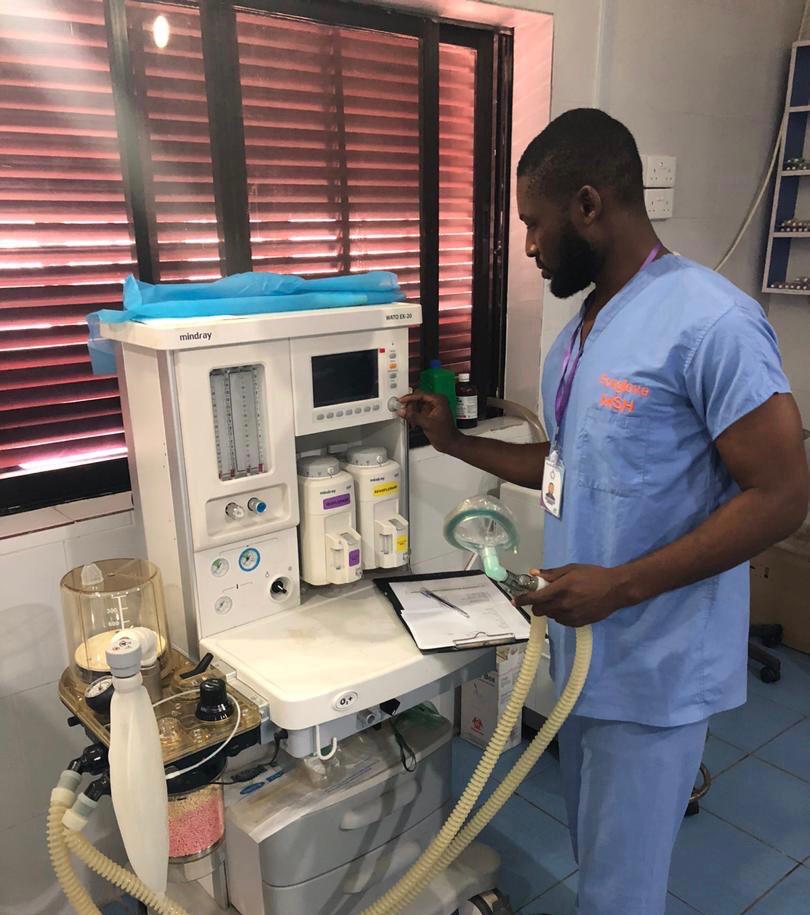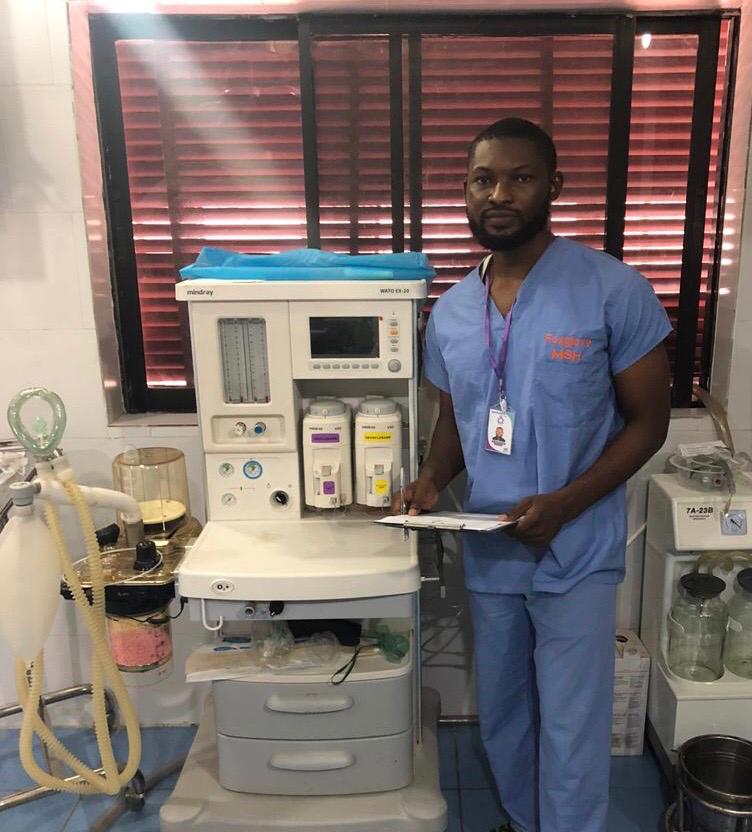ANESTHESIA
Foxglove Multi – Speciality Hospital offers comprehensive medical and surgical services and the supporting laboratories, equipment and experienced personnel that make up the mission of our hospital.
ANESTHESIA:
Before surgery, each patient is individually assessed by a UCI Health anesthesiologist. After this evaluation, a customized plan is formulated based on the individual patient’s physical status, overall health and other factors. Technological advancements have made it possible to customize medications to meet each patient’s needs.
There are four main types:
-
Local Anesthesia
-
Regional Anesthesia
-
Conscious or Intravenous Sedation
-
General Anesthesia
Local anesthesia: It’s a crucial component of modern medical procedures. By numbing a specific area of the body, it prevents pain during surgical procedures or medical treatments.
Unlike general anesthesia, which induces unconsciousness, local anesthesia allows the patient to remain awake and alert during the procedure. It works by blocking nerve signals in the targeted area, temporarily interrupting sensation, and providing pain relief.
Regional anesthesia: It works by interrupting the transmission of pain signals from a specific area of the body to the brain. The anesthetic medication is carefully injected near the nerves that supply the targeted region.
This medication blocks the nerve signals, preventing them from reaching the brain and effectively numbing the area. As a result, patients undergoing procedures with regional anesthesia experience reduced or eliminated pain in the targeted region while remaining awake and aware.
Conscious or IV sedation: It’s a form of sedation used to create a relaxed and comfortable state for patients during medical procedures. The sedative medications are administered through an intravenous line, allowing them to quickly enter the bloodstream and produce the desired effect.
This type of sedation is commonly used for minor surgical procedures, dental treatments, or diagnostic tests where the patient needs to be at ease and cooperative but still aware.
General anesthesia: It’s a medical state induced in patients to ensure they are completely unconscious and unaware during surgical procedures. It involves administering a combination of medications, including intravenous drugs and inhaled anesthetics, which act on the central nervous system to induce a deep sleep-like state. Under general anesthesia, patients are free from pain, immobile, and have no memory of the procedure.
This allows surgeons to perform complex surgeries safely and comfortably, as it ensures the patient’s vital functions are carefully monitored and controlled throughout the operation. In this article, we will explore the concept of general anesthesia, its components, and the crucial role it plays in modern surgical practice.


